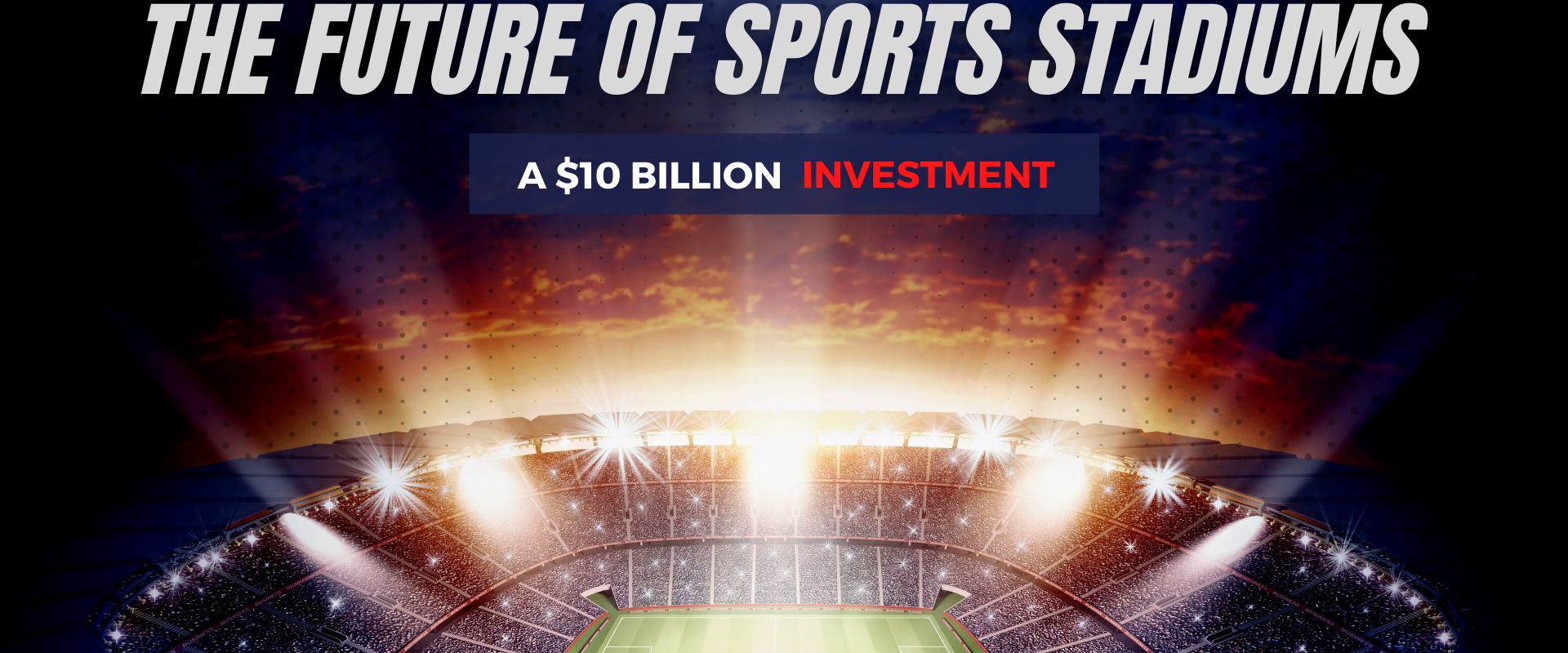The spectacle of sport has inspired religious passion from ancient times to the present.
The global sports market is expected to reach a value of more than $600 billion in 2022 according to a 2019 report by Business Wire. The industry has been adapting despite the challenges presented by the pandemic, as most of the sports leagues return to a sense of normalcy. However, sports organizations were forced to rethink the idea behind stadiums and live sporting events. In 2020, Statista reported losses of more than $3 billion due to a decrease in fan spending. There was also the responsibility to mitigate the spread of the virus as the leagues restarted. The goal for the industry is to get to a point where empty stadiums, “bubbles” and postponed seasons are less financially challenging in the future.
In the wake of the pandemic, most teams had a chance to seek out new revenue streams and build deeper relationships with fans. This might be achieved by providing fans with a more enjoyable live sports experience.
Several sports teams are in place to build new or upgrade their current stadiums with an investment of more than $10 billion for development by 2030.
- The NBA’s Los Angeles Clippers broke ground and started construction of Intuit Dome worth $2 billion
- Seattle’s Climate Pledge Arena – redevelopment worth $1 billion and the first net-zero carbon arena
- More than half of NBA, MLB, and NFL arenas were built before 2000, and are all due for a renovation in the next decade
Smaller arenas, but more to offer.
The design trend for sports venues is changing. Teams are modeling for reduced capacity but with the promise of more premium features for fans. One of the casualties of the pandemic is the game-day experience, as it has been compromised to make way for health protocols and other safety precautions. The plan is to regain what was lost by improving the overall fan experience through innovation and less-intrusive health systems.
Venues such as the Mercedes-Benz Stadium, home of the Atlanta Falcons, started the use of cashless systems in concessions and shops even before the pandemic. This was taken to the next level by Amazon’s Just Walk Out technology, a new retail experience that automates payment and eliminates the need for a cashier.
Teams are also in talks with motion analytics companies about measuring crowd density and mapping spaces for automated distancing for easier fan movement. Upgraded temperature control and ventilation systems are also introduced to filter the air as it circulates through buildings.
Heightened awareness due to the pandemic
An analysis by BCG found that 70% of respondents were more aware of the negative environmental impact we have on the planet. The sports industry will need to align its perspective with the public and focus on sustainability and awareness of the environment moving forward.
Seattle’s Climate Pledge Arena, for instance, has set the standard as the first with a net-zero carbon certification from the Living Future Institute. This was achieved by having the arena powered entirely by on-site solar panels and off-site wind farms among other important factors.
Controversy in funding
The use of public dollars in the construction of sports venues has been a controversial issue. It was estimated in a Brookings Institute report that more than $3 billion in tax revenue was lost through tax-exempt bonds used to finance these projects. More and more privately-funded arenas have been built in recent years, such as the $5 billion SoFi Stadium of the Los Angeles Rams and the Chase Center of the Golden State Warriors.










